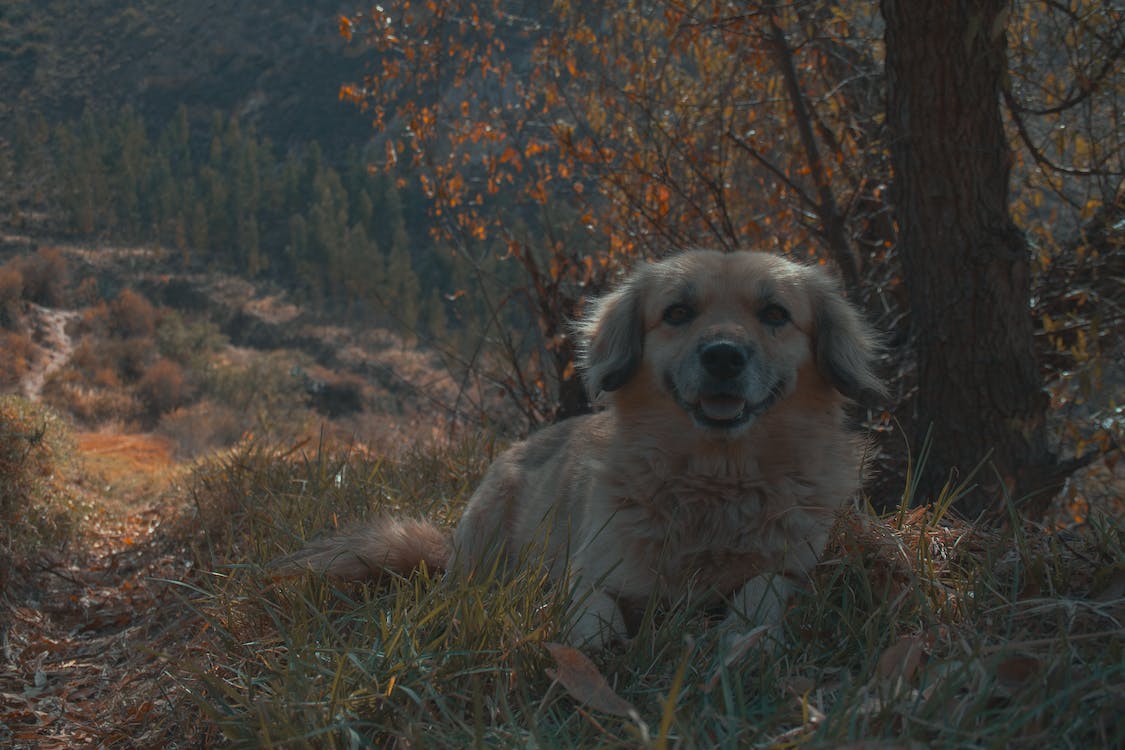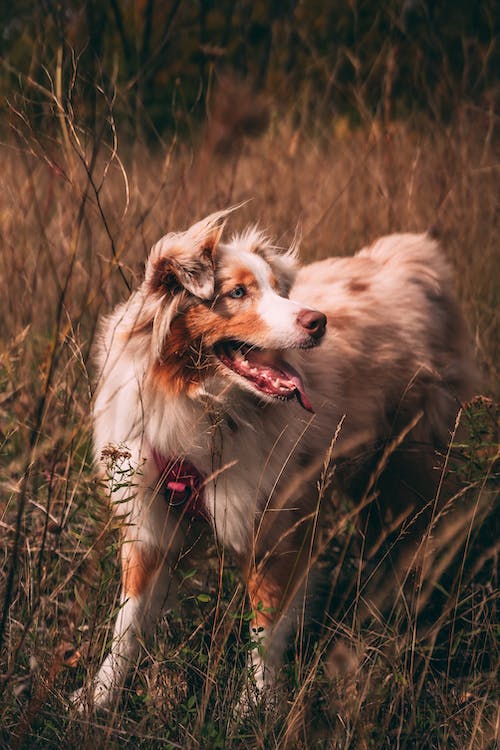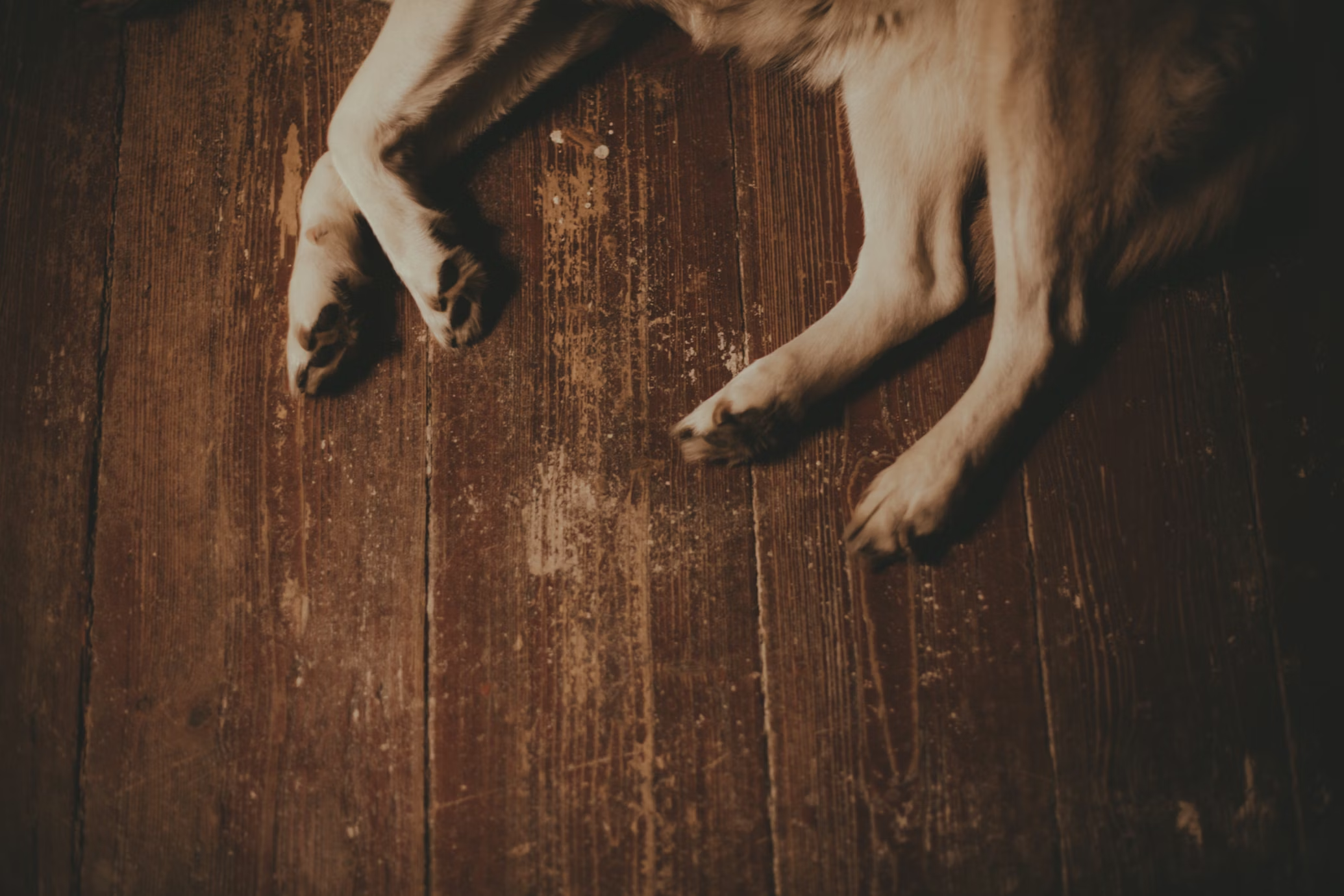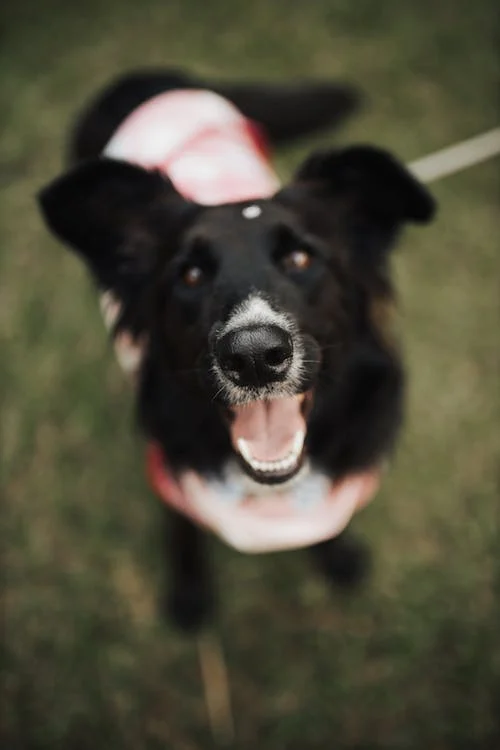The Scoop on Poop
For most dog owners, poop patrol is an unavoidable part of the pet care routine. But paying attention to your dog’s fecal colors and consistency provides important clues about their digestive health and can alert you early to potential problems needing veterinary attention. Let’s explore what different poop colors and textures indicate and how to keep your canine’s gut in top form.
The Ideal Poop
We all strive for that perfect poop from our pups. The ideal stool is solid, moist, and brown in color. This indicates the food is digesting normally and moving through the intestinal tract at a healthy rate. The liver is producing adequate bile to give it the typical brown color. Portion size, diet, hydration levels, exercise and stress can all impact perfect poop.
Colors and Causes
Black or Very Dark
Extra bilirubin from the liver or bleeding in the upper GI tract can make poop appear black or tarry. Certain supplements or foods like black licorice, blueberries, or blood meal may also discolor it.
Yellow/Pale Brown
Fast GI transit doesn’t allow enough time for bilirubin to tint the stool brown. Or inadequate bile production from liver issues can result in yellowish poop. Giardia infection is another common cause.
Gray/Pale
Usually indicates a complete lack of bile production from liver or gallbladder disease. Pancreatitis, cystic fibrosis, or malnutrition may also be culprits.
Green
Rapid upper intestinal transit, antibiotic use, toxins, or a high level of spleen or liver bile pigments can cause green stool. Certain diets or treats with green food coloring can also contribute.
Orange
Bright orange poop typically results from ingesting large amounts of the pigment carotene. Carrots, sweet potatoes, pumpkin, and other orange-hued foods are common sources.
Red/Maroon
Bleeding in the lower GI tract from conditions like hemorrhagic gastroenteritis, rectal injuries, polyps, or cancer usually cause red/maroon stool. The blood mixes with digested material imparting the abnormal color.
White/Pale Gray
A complete lack of bile results in white or clay-colored poop. Severe GI disease, pancreatic issues, gallbladder disorders, parasites, viral infections, antibiotics use, and malnutrition are likely causes requiring prompt veterinary diagnosis.

Texture and Hydration
Along with color, poop texture and moisture content provide insight into gut health.
Hard, Dry Stools
Signify constipation from dehydration, inadequate fiber, gastrointestinal obstructions, nerve damage, or hypothyroidism. Add moisture and fiber to the diet and encourage more water consumption.
Loose, Unformed Stools
Indicate diarrhea which has many possible causes including diet changes, intestinal infections, parasites, food allergies/intolerances, inflammatory bowel disease, liver or kidney disease. Visit the vet if it persists over 48 hours.
Greasy, Foul-Smelling Stools
Result when excess fat remains undigested due to reduced pancreatic enzyme activity or small intestine disease. These float due to high gas content.
Mucus-Covered Stools
Associated with colitis, IBD, cancer growths, parvovirus and other intestinal infections or inflammation. The GI tract is irritated and producing excess mucus.
Keeping the Poop Ideal
Monitor your dog’s poop color and texture consistently to catch any unhealthy changes early. Feed a high quality diet, ensure adequate hydration, establish regular potty habits, and schedule veterinary checkups to keep their gastrointestinal system functioning optimally. While not glamorous, paying attention to your dog’s poop provides vital health insights!



